Foam plastics are highly flammable and release fumes when burning. As these materials are popularly used for home insulation, the International Residential Code extensively regulates when and how foam insulation has to be covered.
The IRC also provides a long list of special requirements of what you can use in instead of the thermal barrier. We’ll walk through all exceptions, why they exist, and when they might apply.

The IRC requires foam board insulation to be covered with a thermal barrier when used on the interior of a building. Codes allow foam board insulation to be left uncovered on the exterior of a building, but it is best to cover even exterior foam boards to prevent sun and water damage.
Code Rules for Exposed Foam Insulation
Thermal Barrier Required
The International Residential Code (IRC) regulates building, electrical, and mechanical work on homes.
Section R316.4 says that there must be a certain type of thermal barrier between foam insulation and the interior of a building.
When the IRC refers to “foam plastics,” they mean polyisocyanurate, polystyrene, and polyurethane in the form of boards or spray foam.
This regulation exists to ensure fire safety. Foam plastics are combustible and release toxic fumes when burning, so it is vital to limit how hot the material gets.
Approved materials for the thermal barrier, according to the IRC, include:
- At least 0.5 inches (12.7 mm) of gypsum wallboard.
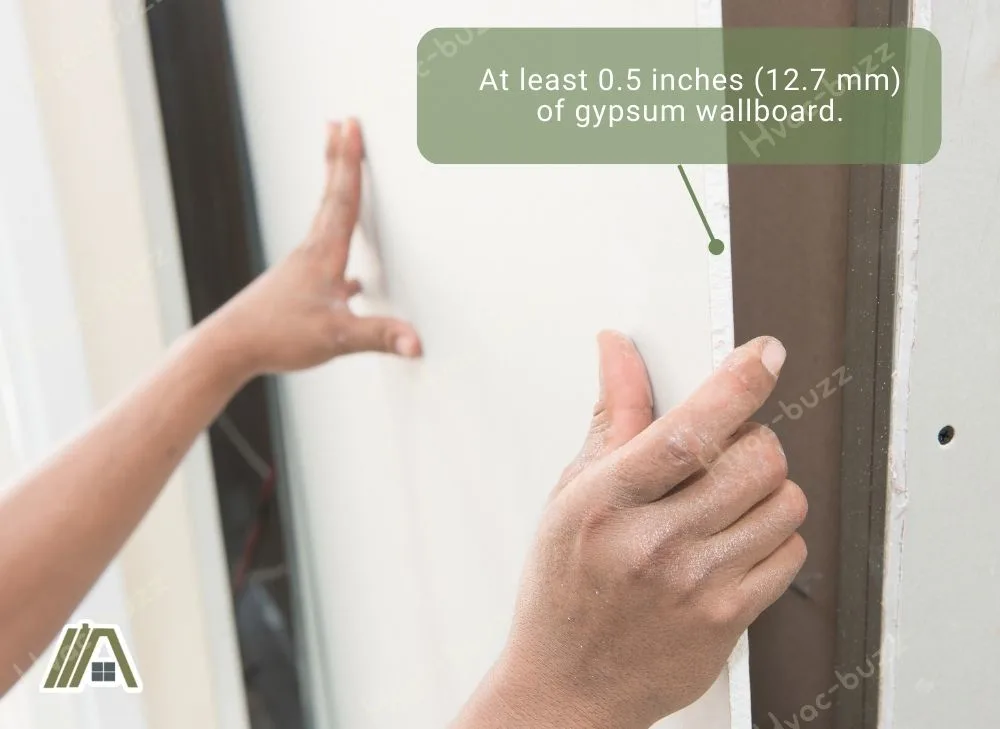
- 23/32-inch (18.2 mm) wood structural panel
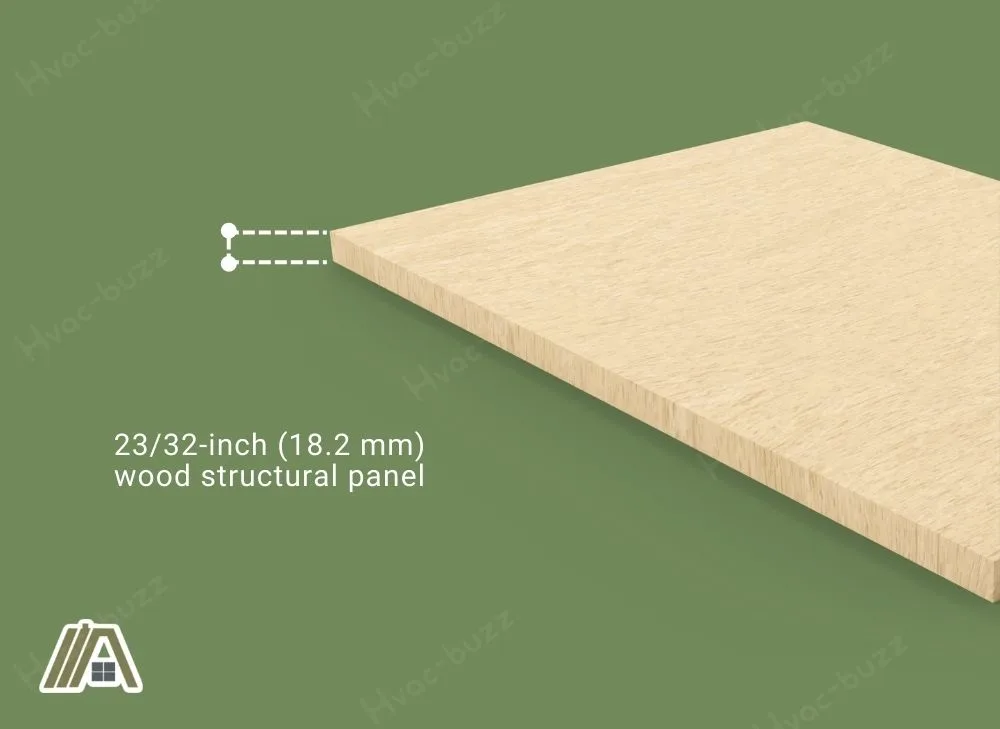
- Materials that pass two main tests set by the National Fire Protection Association (NFPA) 275. This includes spray coatings that are advertised as meeting the NFPA standard, for example, Ure-K spray coating. Be sure to look at what thickness was tested, as it varies from material to material.
The IRC is widely accepted as the minimum standard, but municipalities and states can impose additional requirements. I have not found any local codes that are significantly different from the IRC in terms of foam insulation. Still, it is always important to check your local codes.
More Specific Requirements
Section R316.5 of the IRC lists plenty of situations in which the thermal barrier described above can be modified or eliminated. These more specific requirements come with their own rules about materials, thickness, and fire testing.
Masonry/Concrete
Due to the fact that they are not flammable, stone masonry or concrete can be used instead of the gypsum thermal barrier described above.
Section R316.5.1 says that the layer of stone or concrete must be at least 1 inch thick, and it must be placed between the foam insulation and the interior of the room.
Concrete and masonry are acceptable barriers for walls, floors, and roofs.
Roofing
Section R316.5.2 of the IRC provides the options for roofing, depending on how the roof is installed.
You do not need a special thermal barrier if the foam is installed under a roof and separated from the interior by 0.468 inches of wood, namely either:
- Tongue-and-groove wood planks
- Wood structural panel sheathing
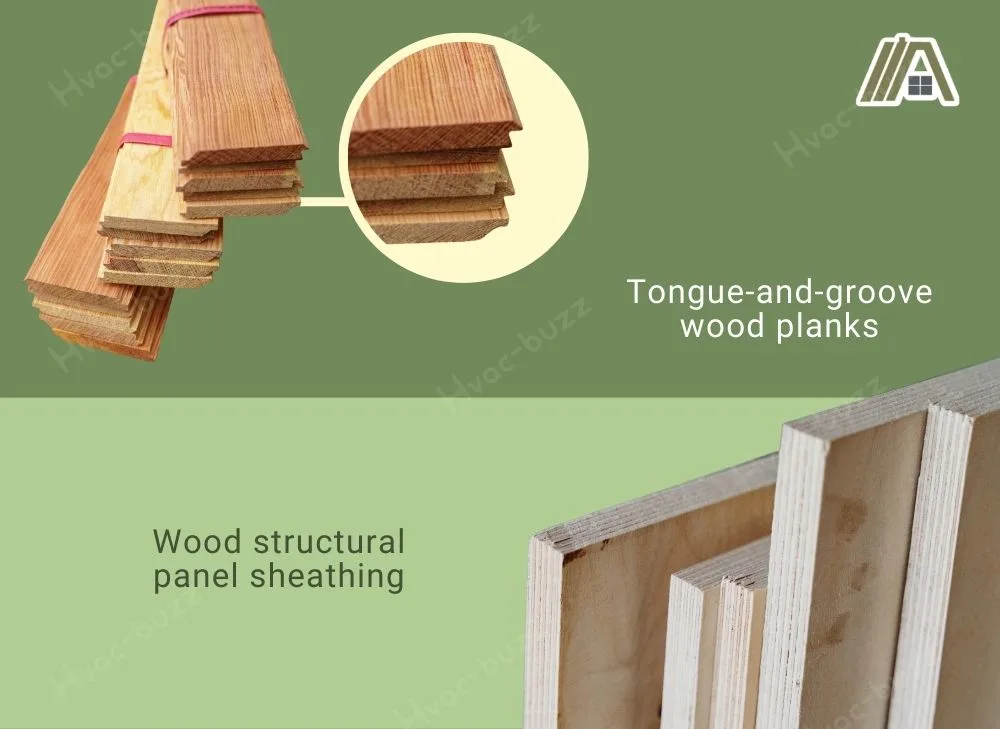
In the event of a fire, the foam insulation needs to be sealed off, and the roof needs to remain structurally sound. That is why the IRC specifies that the wood needs to be bonded with exterior glue.
The IRC also includes requirements to make sure that the edges are sufficiently supported.
The edges of the sheathing need to be supported either by blocking (short wood planks inserted in between and perpendicular to the rafts), tongue-and-groove joints, or another approved edge support.
Attics and Crawl Spaces
Section R316.5.3 and Section R316.5.4 says that a traditional thermal barrier is not required if the attic or crawl space:
- Is accessible based on Section R807.1 (attics). This section basically says that any attic space with a vertical height of at least 30 inches needs to have a door or other opening with certain minimum dimensions.
- Is accessible via a door or opening as specified in Section R408.4 (crawl spaces).
- Is only entered for maintenance or repairs.
- Has an approved ignition barrier. This is a different list than the thermal barrier described in Section R316.4, but it serves the same purpose of fire safety.
Approved ignition barriers include:
- 1.5-inch-thick mineral fiber insulation (stone wool or Rockwool), so other types of insulation can serve as a thermal barrier for rigid foam insulation.
- 0.25-inch-thick wood structural panels.
- 3/8-inch-thick particleboard.
- 0.25-inch-thick hardboard.
- 3/8-inch-thick gypsum board.
- 0.016-inch-thick corrosion-resistant steel.
- 1.5-inch-thick cellulose insulation.
- 0.25-inch-thick fiber-cement panel or backer board.
- Another barrier that is approved in accordance with Section R316.6.
Section R316.6 covers specific approval for barriers not listed above. This section says that you can avoid the need for a conventional thermal barrier if the insulation and alternative barrier pass one of three fire tests (which involve large-scale performance testing done by professionals):
- NFPA (National Fire Protection Association) 286
- FM 4880
- UL 1040 or UL 1715
Tip: Local codes are sometimes more specific about differentiating between an attic and a crawl space. If you have a crawl space attached to a basement, your local code might require the presence of a thermal barrier more like those mentioned in Section R316.4.
Exterior and Garage Doors
Section R316.5.5 and Section R316.5.6 say that foam-filled exterior doors and foam-filled garage doors, respectively, are exempt from the thermal barrier.
This is because the foam is not technically exposed in these situations. Instead, it is sealed inside the door and the door is tested and sold as a complete product.
Additionally, it would be impractical to require additional barriers behind doors that people need to use.
Foam Backer Board
According to Section R316.5.7, you do not need an extra thermal barrier for foam plastic insulation that comes in the form of siding backer board. The board must have a thickness of 0.5 inches or less to qualify.
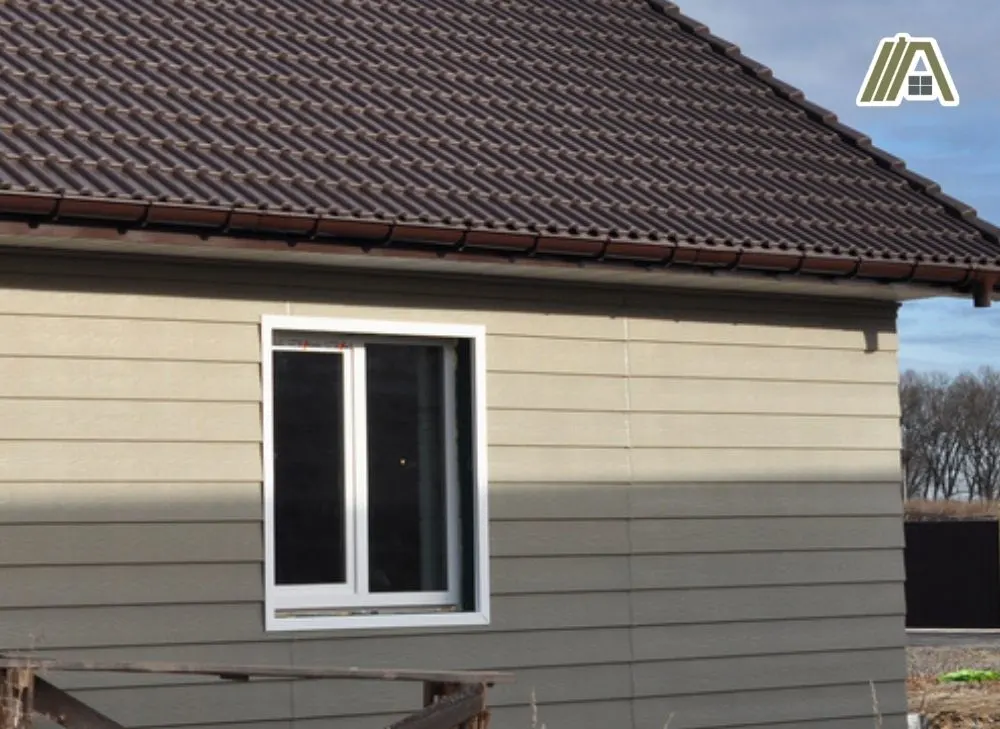
The manufacturer must have tested the board according to National Fire Protection Association (NFPA) 259 standards and it must have a potential heat of not more than 2,000 Btu per square foot.
You have three options for placing the board:
- Separate the foam backer board from the interior by at least 2 inches of mineral fiber insulation.
- Install the foam backer board over the exterior wall finish.
- Rely on insulation that has been fire-tested and approved in accordance with Section R316.6.
If you’re installing foam insulation during re-siding, you’ll probably be installing it over the exterior wall finish. This is acceptable because the exterior wall already serves as a barrier to the interior.
Re-Siding
The special requirements for re-siding are similar to those of backer board, and, in fact, both may apply at the same time.
If you are using foam insulation on the exterior of your home, you do not need the traditional thermal barrier.
Instead, you will be automatically relying on two different barriers: the exterior wall finish and the siding (the foam will be installed between these two materials, so it won’t be exposed).
This only applies to foam board that is 0.5 inches thick or less and has a potential heat of 2,000 Btu per square foot or less.
Interior Trim and Finishes
Section 316.5.9 says that foam plastic interior trim can be left exposed, as long as:
- The density is at least 20 pounds per cubic foot
- The trim is less than 0.5 inches thick and less than 8 inches wide. If the foam is thin and small enough, the fire risk is sufficiently low.
- The trim is not more than 10% of the wall and ceiling surface area.
- The trim has a flame spread index of less than 75 when tested per ASTM E84 or UL 723, two standard tests for the surface burning of different materials.
Fire testing is specified for interior trim and finishes because, unlike the previous exceptions we’ve covered, the interior trim can be left completely exposed instead of just covered with an alternative barrier.
If you are using foam insulation as an interior finish (not just trim), it must be approved in accordance with the fire testing described in Section R316.6.
Sill Plates and Headers
Section 316.5.11 says that foam around sill plates and headers does not need a thermal barrier as long as:
- The foam is not more than 3.25 inches thick.
- The density is between 0.5 and 2.0 pounds per cubic foot.
- The flame spread index is 25 or less and the smoke-developed index is 450 or less, when tested per ASTM E84 or UL 723.
While the section seems to apply to both spray foam and foam board, you’re most likely to use spray foam to fill in around sill plates and headers, so it’s slightly less relevant for foam board.
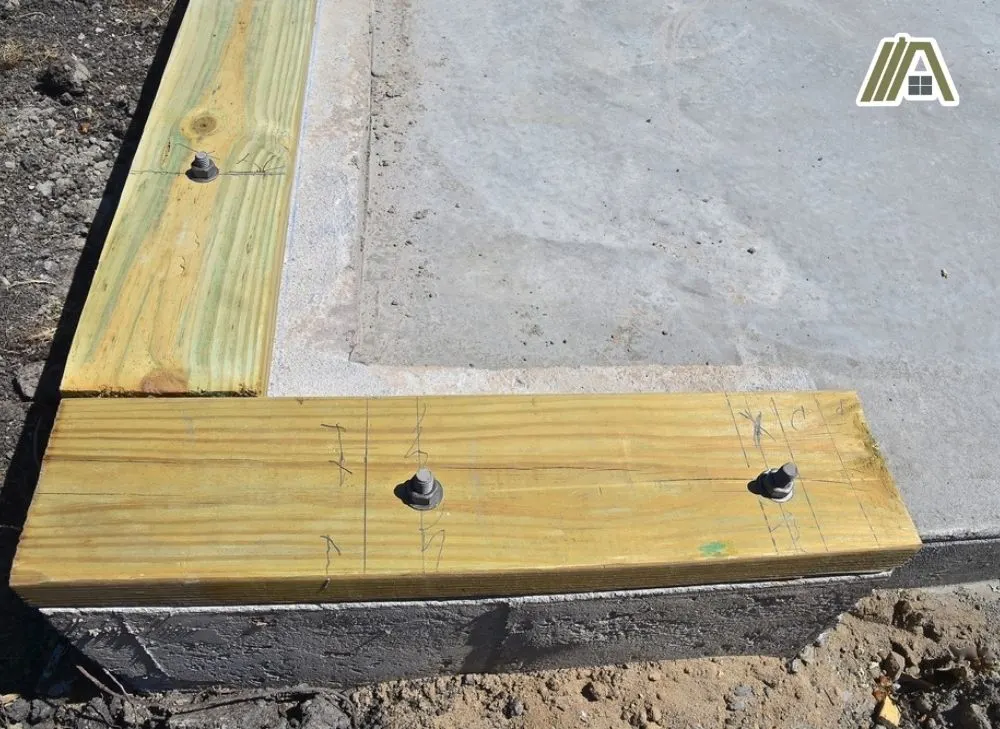
Sheathing
The sheathing special requirements in Section R316.5.12 says that whenever foam board insulation is used as sheathing, it must follow the rules set out in Section R316.4.
Additionally, when the sheathing is exposed to the attic space, it also has to follow fire testing provisions in Section R316.5.3 as discussed above.
When foam insulation is used as sheathing on an exterior wall, then it needs to follow the wind resistance standards described in Section R316.8, which covers wind resistance.
Floors
Section R316.5.13 gives you some leeway on insulation underneath flooring, as structural panels in the floor system can serve as a thermal barrier.
The foam insulation must be covered by at least a 0.5-inch-thick wood structural panel or equivalent. That is slightly thinner than the 23/32-inch-thick wood structural panel that would otherwise be required.
However, when dealing with a floor system, you need to consider both sides of the insulation. If the underside of the floor system is exposed to the interior of the building—for example, the room below—it would still need to have a traditional thermal barrier as per Section R316.4.
UV and Water Exposure Is Also Damaging
The IRC does not specifically prohibit you from leaving foam insulation exposed on the exterior of your home. However, experts advise against leaving exterior foam uncovered because it is not an effective barrier against water and air.
Foam board, especially expanded polystyrene board (EPS or beadboard), has air bubbles that trap moisture. Wetness can reduce the effectiveness of the insulation and even lead to mold growth.
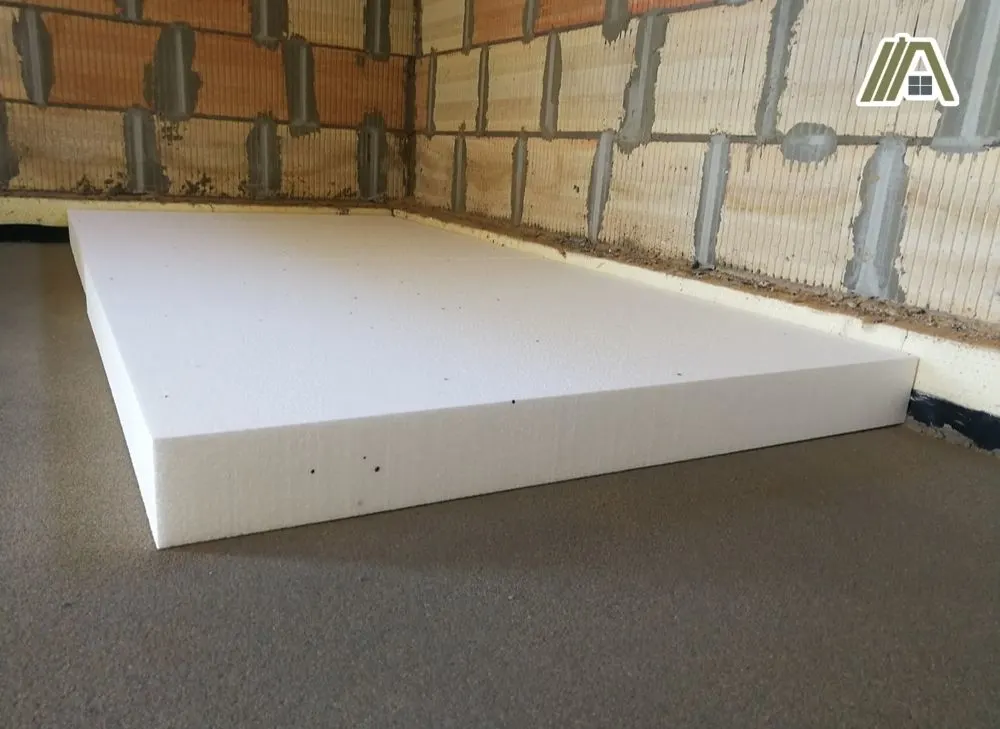
Foam boards will begin to deteriorate if exposed to the sun for more than 30-60 days. Foam board with a protective laminate performs best in terms of withstanding UV rays.
Even so, leaving it exposed indefinitely will eventually reduce the R-value (thermal resistance) of the insulation.
Exposure to heat can cause foam boards to expand and cold temperatures can cause them to shrink. The boards will eventually become misshapen and gaps will appear. If the seams have gaps, water and air can easily enter the wall cavity and cause mold or rot.
For all of these reasons, experts recommend covering exterior foam board with water-resistant wraps like Tyvek while installing proper siding or shingling.
Sources
https://www.solar365.com/green-homes/insulation/rigid-foam-insulation-pros-cons
